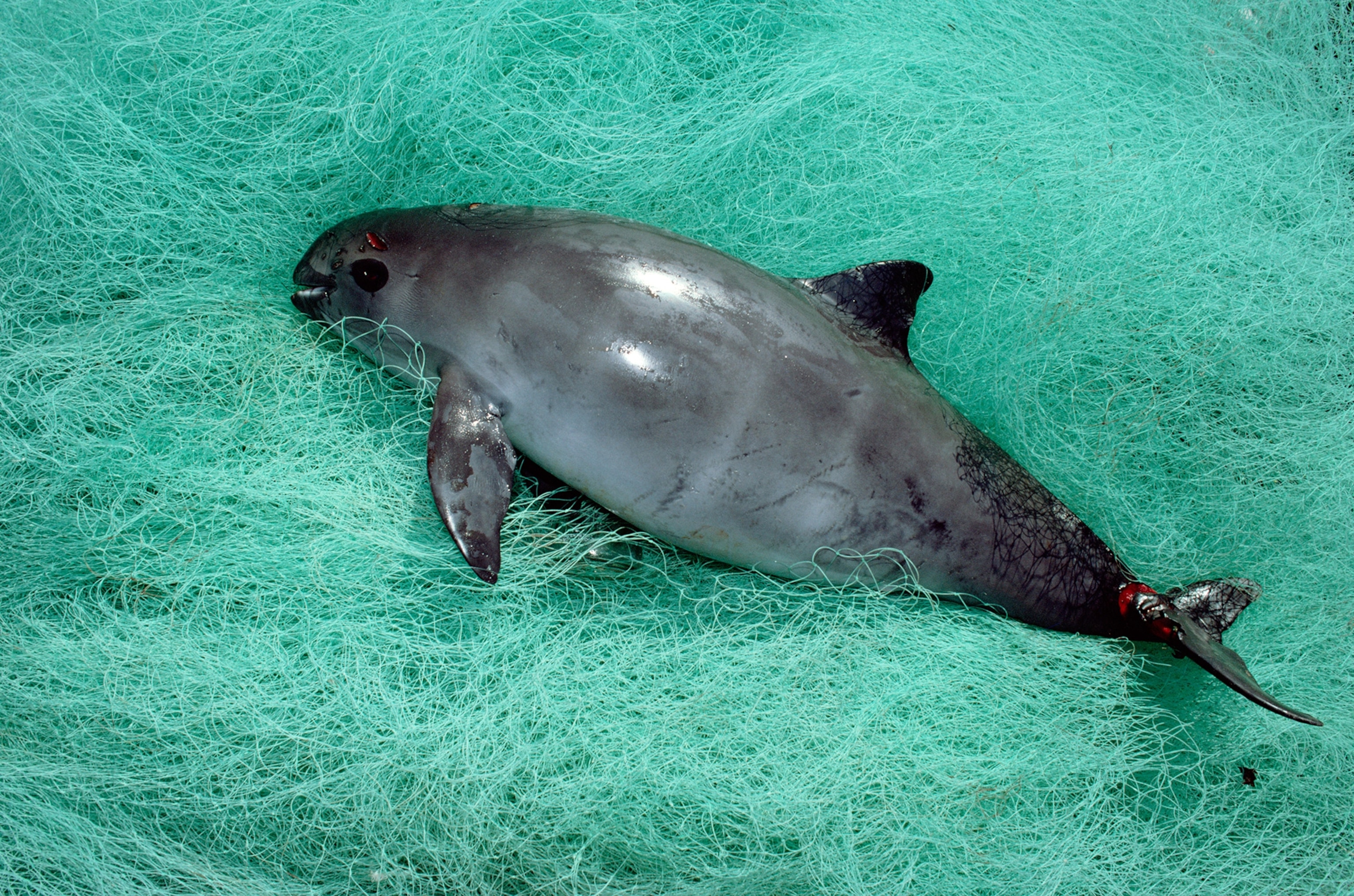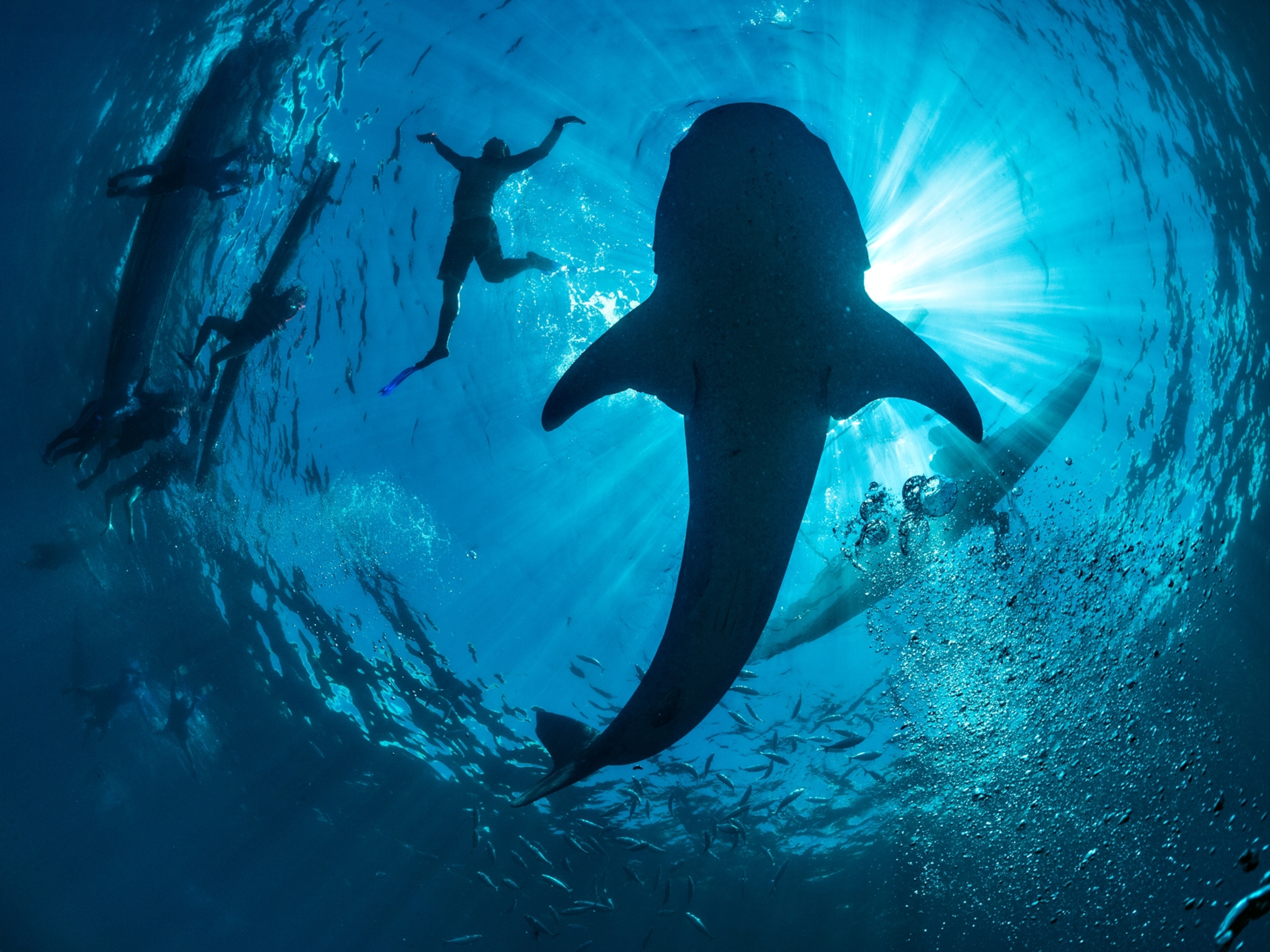
World’s Smallest Porpoise Is on the Verge of Extinction
Vaquitas' numbers have dropped precipitously because of illegal gillnet fishing.
The world’s smallest and rarest porpoise, the vaquita, is on the verge of extinction. A mere 60 remain, the Mexican government announced Friday.
Their numbers have dropped 40 percent in two years, down from 97 in 2014, due in large part for illegal fishing for another endangered species. The totoaba, a fish whose swim bladder is highly prized as a delicacy in Asia, is caught using prohibited gillnets. Those nets have holes that are just the right size to trap—and drown—vaquitas, too.
Millions of dollars have been spent trying to save the vaquita, which lives only in the upper Gulf of California, from imposing a ban on gillnet fishing in the area to surveillance by the Mexican government, military, and environmentalists, to compensation for local fishermen to not fish in that area.
These newly released numbers show it’s still not enough. The World Wildlife Fund in Mexico has been active in trying to save these shy animals.
“Despite all the best efforts, we are losing the battle to stop totoaba fishing and save the vaquita,” said Omar Vidal, the CEO of WWF-México in a press release. “We can still save the vaquita, but this is our last chance.”
Vidal says a more stringent fishing and widespread fishing ban, more support for vaquita-safe fishing gear, and cooperation among Mexico, the United States, and China to crack down on totoaba poaching must happen soon.
“We are on the brink of driving the fifth marine mammal species to extinction in modern times,” said Vidal.
This story was produced by National Geographic’s Special Investigations Unit, which focuses on wildlife crime and is made possible by grants from the BAND Foundation and the Woodtiger Fund. Read more stories from the SIU on Wildlife Watch. Send tips, feedback, and story ideas to ngwildlife@natgeo.com.





